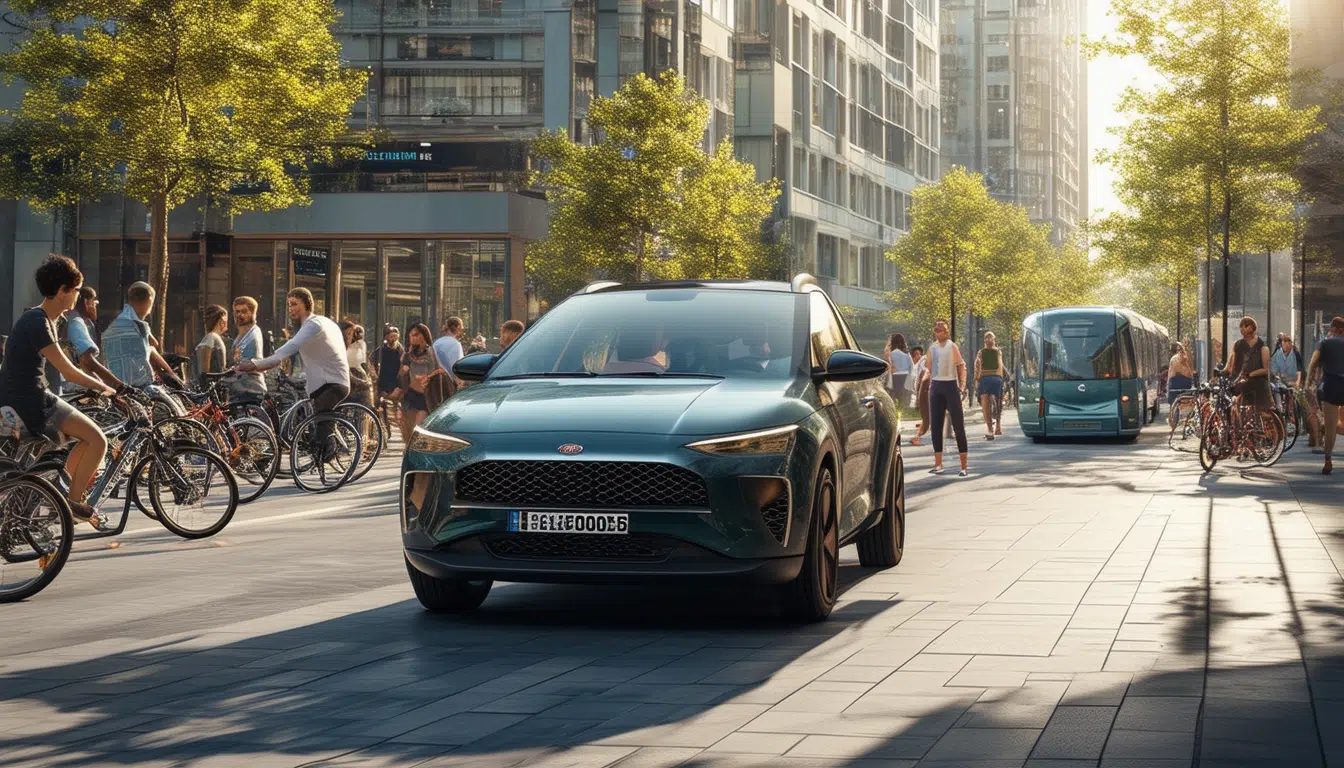What type of engine is ideal for traveling 50 kilometers daily in the city?

Currently, propulsion options for vehicles have evolved beyond traditional gasoline or diesel engines, diversifying into alternatives such as hybrid, electric, and hydrogen systems. Deciding which type of engine is most suitable for traveling 50 kilometers daily in an urban environment can be a challenging task. The variety of options, along with traffic regulations such as Low Emission Zones and future restrictions on combustion engines, adds an extra layer of complexity. Understanding these alternatives is crucial for choosing an efficient vehicle adapted to specific daily mobility needs in the city.
With the variety of engines available on the market, choosing the most suitable one for a daily urban commute of 50 kilometers can be a challenge. With options including gasoline, diesel, hybrid, plug-in hybrid, and electric engines, each type presents advantages and disadvantages. This article explores which engine is the most convenient for this type of urban journey.
Eliminating options: diesel is not advisable
Although diesel engines have been popular due to their efficiency on long trips, they are not the best option for frequent urban journeys. These engines tend to incorporate technologies such as EGR valves and particulate filters, which do not operate efficiently under urban driving conditions. Therefore, if your routine involves 50 kilometers in the city every day, it’s better to rule out diesel.
Gasoline as an economical alternative
Conventional gasoline engines emerge as a more economical option for those who use the car sporadically. However, when the daily distance is 50 kilometers, which translates to approximately 1,000 kilometers per month, it is wise to reconsider whether the initial savings on purchase offset long-term consumption.
Hybrids: the perfect choice for the city
Hybrid cars combine a gasoline engine with an electric one, optimizing fuel consumption in urban trips. This duality allows for low consumption and reduced emissions, as the electric motor can assist the gasoline engine during short intervals, decreasing dependence on fossil fuel.
Advantages of plug-in hybrids
Plug-in hybrids go a step further, with a larger battery that allows the vehicle to operate in 100% electric mode for distances greater than 40 kilometers. For a user who travels 50 kilometers daily, almost the entire trip can be made without consuming fuel. However, it is essential to have a home charger to ensure that the battery is always ready.
Considering pure electric vehicles
While pure electric cars are more expensive initially, they offer the advantage of being extremely cost-effective in consumption per kilometer. They are an ideal option if your budget allows. However, the possible inconveniences associated with this type of car must be carefully considered.
The CERO label and Low Emission Zones
It is important to mention that both plug-in hybrids and pure electric vehicles have the CERO label from the DGT. This is a significant advantage in cities with Low Emission Zones, allowing them more freedom and fewer restrictions.
Finally, each option has its own characteristics that could influence the final decision, as highlighted by Porsche in its latest hybrid developments. The choice should be based not only on operating costs but also on the available infrastructure and personal needs.
Conclusion: The most suitable engine for daily urban mobility
When considering the choice of an engine for traveling 50 kilometers daily in the city, factors such as consumption, efficiency, and traffic conditions must be carefully evaluated. Modern cities present specific challenges, including traffic jams and new regulations such as Low Emission Zones. In this scenario, the gasoline engine, although traditional, stands out as an economical option for those who make less regular trips. However, for those who circulate daily in urban environments and seek efficiency beyond immediate savings, exploring other types of propulsion is essential.
Among these options, hybrid vehicles emerge as a wise choice. These cars combine the best of two distinct technologies, managing low fuel consumption thanks to the support of the electric motor. This makes them ideal for the city, especially with the advantages provided by the ECO labels that facilitate transit in restricted areas. The initial investment may be higher compared to traditional gasoline engines, but it is quickly compensated by potential savings and benefits in urban mobility.
Even more advantageous for those who travel the same distance every day are plug-in hybrids. These vehicles allow short-distance driving in fully electric mode, reducing fuel dependence and emissions. This feature makes them exemplary candidates for urban journeys of up to 50 kilometers daily and also provide the versatility of an internal combustion engine for longer trips. Their CERO label also presents tangible advantages given current regulations.
In summary, for efficient and sustainable commuting in the city, choosing an engine that is friendly to the current urban environment is not just a trend but a logical adaptation to modern mobility realities. With the gradual evolution towards cleaner technologies, hybrid and plug-in engines are not only positioned as temporary solutions but as an integral part of the future of daily urban transport.





